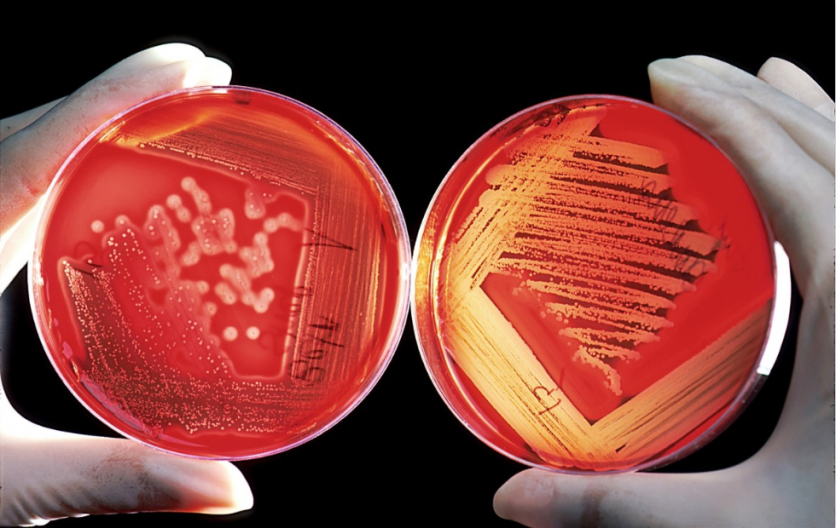
Ever felt that you only had so many choices for glue? Apparently, a new player has emerged, and it is based on veggies, specifically cellulose, and will blow other superglues away!
Read Also: False Alert: Betelgeuse is NOT Going to Explode But Something's Covering it, What is it?
How was it created
Researchers from the esteemed Aalto University, University of Tokyo, Sichuan University, and the University of British Columbia have found out and developed superglue. Not just any superglue, it's completely eco-friendly and is based on plant-sourced cellulose. That is the same material that paper is made out of.
Compared with the synthetic brands
Since this novel glue is plant-sourced, it would be cheaper to mass-produce than its synthetic counterparts. As researchers mentioned that innovative adhesive "outperforms by a great many measures," can be made by waster plant matter. Unlike the superglue, the new glue is most active in the preferred application, something similar to "Peel and Stick" adhesives, so says the team.
"Veggie glue."
This new glue is roughly about 70 times stronger or harder to tear apart on where it was stuck compared to the perpendicular of that plane. To put it, a single drop of this glue can hold up to 90kgs of weight. It can also remove the adhesive with one or two fingers, depending on how you deal with it. This finding also is shocking for the level of potency is surprising for a plant-based glue, the team stated.
"Reaching a deep understanding on how the cellulose nanoparticles, mixed with water, [forms] such an outstanding adhesive is a result of the work between myself, Dr Tardy, Luiz Greca, Professor Hirotaka Ejima, Dr Joseph J. Richardson and Professor Junling Guo and it highlights the fantastic collaboration and integration of knowledge towards the development of an extremely appealing, low-cost and safe application," so says Professor Orlando Rojas from Aalto, the study's chief author.
What do you need to create the glue and what can you use it for
It would help if you had plant-sourced particles and water. Curing time would depend on the evaporation of said water, which the team did in about two hours. Speed the process up by exposing the glue to heat.
The team of researchers envisions using their discovery in protecting fragile components in machines that usually undergo sudden physical shock, like microelectronics, for decorative elements or reusable structural integrity, general adhesives, or for packaging.
"The truly exciting aspect of this is that although our new adhesive can be sourced directly from residual biomass, such as that from the agro-industry or recycled paper," shares Dr. Blaise Tardy, one of the paper's authors.
"It outperforms currently available commercial synthetic products by a great many measures."
The research paper "Exploiting Supramolecular Interactions from Polymeric Colloids for Strong Anisotropic Adhesion between Solid Surfaces" has been published in the journal Advanced Materials.
With plant-based glue discovered, it only fits that people will use this more now, which is a better alternative than synthetic products out there. Join the movement and make sure that this discovery is not put to waste!
Read Also: 46,000-year-old Frozen Horned Lark Bird Provides Clues to How Worse the Climate Change Has Become
ⓒ 2025 TECHTIMES.com All rights reserved. Do not reproduce without permission.




